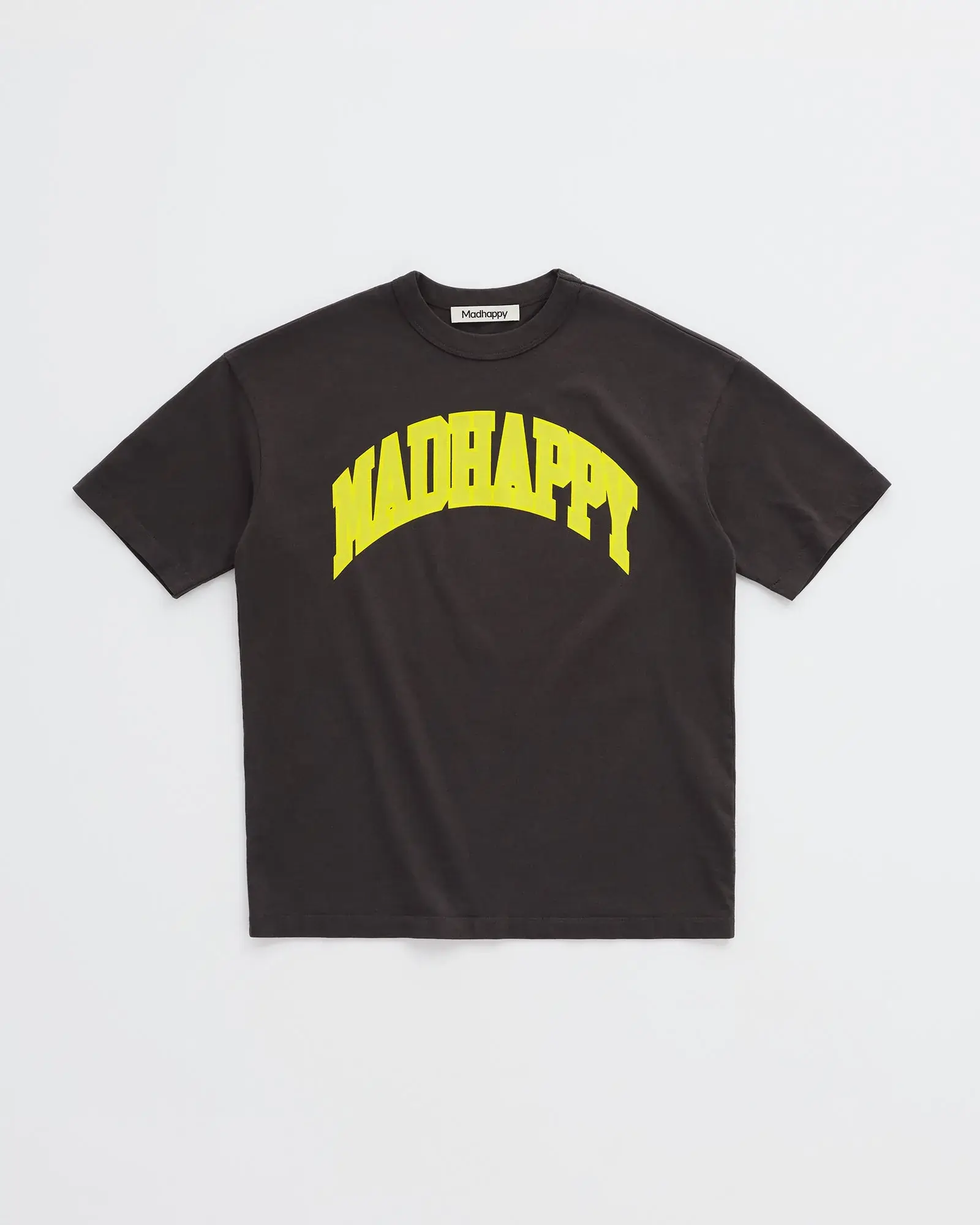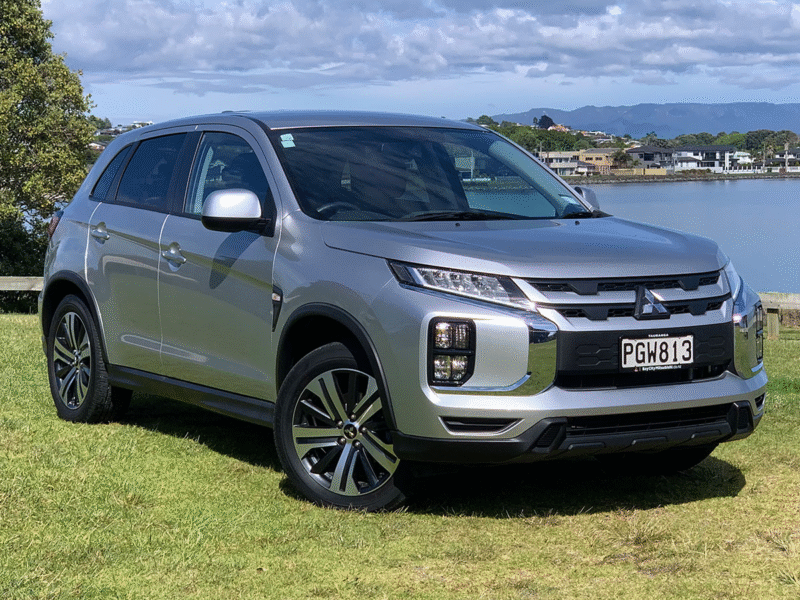In a fashion landscape brimming with hype and high-gloss branding, Madhappy emerges as an anomaly. It doesn’t scream for attention with oversized logos or outrageous colorways. Instead, it whispers ideas—about optimism, mental health, community, and self-expression. Born in Los Angeles in 2017, Madhappy has swiftly grown from a niche brand into a cultural movement. But what really lies beneath its pastel-hued aesthetic and thoughtful campaigns? Madhappy isn’t just a label you wear—it’s a message you carry.
This article dives deep into the brand’s origins, its unique design philosophy, its mental health mission, and the reasons why Madhappy continues to resonate so powerfully with a generation that’s no longer content with surface-level fashion.
Origins of Optimism: How Madhappy Began
Madhappy was founded by Peiman Raf and Noah Raf (brothers), alongside Mason Spector and Joshua Sitt. Their goal wasn’t simply to start another clothing line—it was to create something that felt meaningful. The name “Madhappy” itself encapsulates the duality of modern emotional life: the highs and the lows, the joy and the chaos. It’s not about being happy all the time—it’s about embracing all facets of the human experience.
Los Angeles served as the perfect launchpad. The city’s culture of wellness, mindfulness, and visual storytelling provided fertile ground for Madhappy’s philosophy to take root. Their early pop-up shops and collaborations reflected this ethos: minimalist but impactful, friendly but boundary-pushing.
The brand’s early traction came not just from design-savvy customers but from those who felt seen by its message. In a world where mental health discussions were still largely taboo, Madhappy made vulnerability fashionable—and more importantly, acceptable.
The Madhappy Aesthetic: More Than Meets the Eye
On the surface, Madhappy apparel appears minimalist and calming. Signature items like their hoodies, sweatpants, and crewnecks are often washed in soft pastel tones—baby blue, peach, sage, and buttercream. These colors evoke peace and calm, designed intentionally to be mood-lifting. The typography is often subtle, with the word “Madhappy” appearing in clean serif or sans-serif fonts.
But look closer, and the brand’s attention to detail becomes apparent. Every piece is meticulously crafted, not only with high-quality materials but with thoughtful touches: embroidered mantras, motivational phrases printed inside linings, or tiny labels with words like “Community,” “Mindfulness,” or “Positivity.”
This understated sophistication appeals to a customer who’s tired of logo overload and streetwear excess. Madhappy doesn’t try to dominate your outfit—it invites you to reflect through it. It’s fashion for people who care not only about how they look but about how they feel.
Madhappy and Mental Health: A Brand With Purpose
What truly separates Madhappy Hoodie from its peers is its unwavering dedication to mental health advocacy. This is not just a marketing tactic—it is woven into the brand’s DNA.
Through The Madhappy Foundation™, the brand has made a commitment to improve mental health globally. This 501(c)(3) non-profit organization aims to fund mental health resources, research, and storytelling. A portion of every Madhappy sale supports this foundation, making every purchase feel purposeful.
Beyond donations, Madhappy engages in meaningful initiatives: content series on emotional wellness, podcast interviews with mental health experts, and public campaigns designed to normalize mental health struggles. They’ve even partnered with institutions like the University of Michigan on mental health research and with healthcare professionals to create accessible guides.
In an industry driven largely by profit, Madhappy is choosing to place people and their well-being at the heart of its business model. This is radical in the best way.
The Pop-Up Experience: More Than Just Retail
Madhappy’s pop-ups have become legendary not for their product drops alone, but for the experience they offer. Whether it’s in Los Angeles, New York, or international cities like London and Paris, each pop-up is designed to feel like an extension of the Madhappy ethos.
Visitors walk into spaces that feel more like art installations or wellness centers than clothing stores. Music is thoughtfully curated. Walls are lined with mental health resources. There are usually reflection areas—sometimes with journals, sometimes with community boards. Staff members are trained not just in customer service, but in empathy and conversation.
These spaces foster real community. People linger not to just buy, but to connect—with the brand, with others, with themselves. It’s an approach that flips the script on traditional retail. For Madhappy, the point of sale is also a point of impact.
Collaborations That Speak Volumes
Unlike many brands that collaborate purely for clout, Madhappy’s partnerships are extensions of its mission. Each collaboration is intentional and reflects shared values.
For example, their limited-edition line with Columbia Sportswear merged outdoor exploration with mental wellness, reminding people of nature’s healing power. A Nike collaboration, while hype-generating, also focused on promoting movement and self-care.
Even celebrity endorsements are approached differently. When influential figures like Kid Cudi, Gigi Hadid, or LeBron James wear Madhappy, it doesn’t feel like paid promotion. These celebrities are often mental health advocates themselves, making their alignment with the brand feel organic and genuine.
This authenticity strengthens Madhappy’s cultural capital. It’s not chasing relevance—it’s creating it.
The Madhappy Community: A Digital Safe Space
While physical spaces and products are important, Madhappy has also built a strong online presence that feels unusually warm and supportive. On platforms like Instagram, the brand shares messages that go beyond marketing. From meditative quotes to community features, Madhappy uses its digital space to uplift and educate.
User-generated content is celebrated, not just re-shared. Stories from fans, reflections on mental health, and messages of gratitude flood their comment sections. The brand makes a point of responding, engaging, and affirming its followers. In a sea of curated perfection, Madhappy’s feed feels like a breath of fresh, honest air.
This has created a digital community that feels emotionally safe. Followers don’t just look to Madhappy for the next product drop—they look to it for support, insight, and connection.
A Brand With Growing Global Resonance
What started as a small LA-based label has now become a global name. Madhappy’s reach extends far beyond the United States, with fans in Europe, Asia, and beyond who relate to its universal themes. The struggles with anxiety, depression, and self-worth are not confined by borders, and neither is the hunger for hope.
The international expansion has been thoughtful. Rather than simply exporting merchandise, Madhappy tries to understand the emotional temperature of each new region it enters. Localized campaigns, region-specific mental health partnerships, and culturally sensitive content make the brand feel personal no matter where it goes.
This global resonance underscores the brand’s core truth: optimism is a language everyone understands.
Criticism and Complexity: Navigating the Paradox
Of course, no brand that blends commerce with activism can escape criticism. Some skeptics question whether Mad Happy mental health message is commodifying vulnerability. Others worry about the high price point of its apparel—hoodies often retail for over $150—which may make the brand feel exclusive despite its inclusive messaging.
These critiques are not without merit. However, Madhappy continues to show a willingness to listen, evolve, and reflect. The brand doesn’t pretend to have all the answers. Instead, it offers a platform for discussion, connection, and continual learning.
In this way, Madhappy isn’t positioning itself as a savior but as a companion in the journey toward emotional well-being.
Why Madhappy Matters in 2025
As we move further into a decade marked by uncertainty—economic challenges, climate anxiety, digital overload—people crave brands that speak to the soul. Madhappy’s core appeal lies in its ability to feel human in a world of automation and artificial polish.
It reminds us that fashion can be soft, gentle, and emotionally intelligent. That brands can take a stand not by yelling, but by listening. And that optimism is not naivety—it’s bravery.
Madhappy is less about what you wear and more about what you believe. It’s not just fashion—it’s emotional armor. A hoodie, yes, but also a hug.
Final Thoughts: The Power of Purposeful Design
Madhappy may have started as a small streetwear label, but its vision has always been expansive. By merging style with sincerity, commerce with consciousness, and apparel with advocacy, it’s redefined what it means to be a brand in the 21st century.
In a fashion world that too often chases the next trend, Madhappy offers something more enduring: a chance to be seen, heard, and supported. And in doing so, it reminds us that true style isn’t just about what’s on the outside—but what’s happening within.
Madhappy isn’t just changing fashion. It’s helping change the conversation. And maybe, just maybe, it’s helping change lives too.



